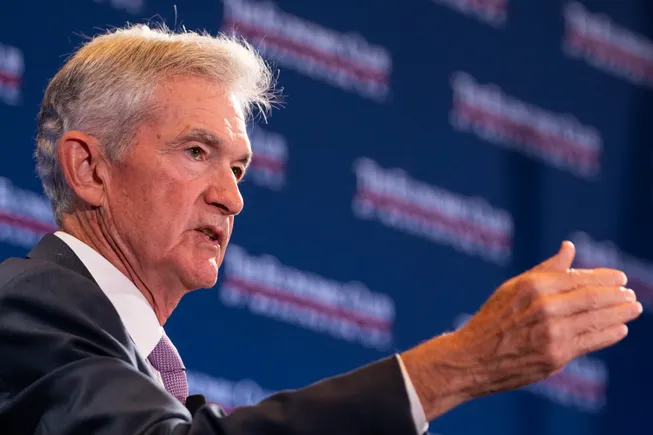Dive Brief:
- The Federal Reserve Wednesday unanimously held the main interest rate at a range between 5.25% and 5.5%, and inched open the door for a potential rate cut in September that would mark a crucial move for the central bank’s monetary policy.
- While the Federal Open Market Committee has made “no decisions” on future meetings, including the September meeting, the broad sense is that they are approaching the point “where it will be appropriate to reduce our policy rate,” Federal Reserve Chair Jerome Powell said in response to questions Wednesday.
- A September cut could potentially be on the table should inflation come down quickly or relatively in line with expectations, but “if inflation were to prove stickier, we would weigh that along with other readings…the inflation data, the employment data, the totality of all of that,” Powell said.
Dive Insight:
The widely-anticipated September cut would represent the first reduction in the federal funds rate in nearly four years, and would come after the central bank has held rates steady at a 23-year high for a year.
The central bank reiterated its position Wednesday that it “does not expect it will be appropriate to reduce the target range until it has gained greater confidence that inflation is moving sustainably toward 2 percent.”
Policymakers also pointed to their continued focus to land the tough balancing act of achieving price stability while avoiding sparking high unemployment in the labor market, which has shown signs of cooling in recent months.
Supply and demand conditions in the labor market have come into “better balance,” Powell said Wednesday. Wage growth has also eased while the gap between available jobs and workers has continued to narrow, leaving the labor market at about where it was on the eave of the pandemic — “strong, but not overheated,” he said.
The Fed’s decision to keep rates steady comes after the core consumer price index rose at its slowest pace since 2021 in June, giving the Fed more confidence that its strategy to curb inflation is seeing results, CFO Dive previously reported. The CPI, excluding food and energy, rose by 0.1% in June as compared to 0.2% in May, according to data from the Labor Department, while the personal consumption expenditures price index — the Fed’s preferred inflation measure — fell to 2.6% in May.
The gains of the second quarter, which came after an unexpected increase in pricing pressures in Q1, have caused the central bank to shift its focus to the labor market, Powell said earlier in the month. Powell has previously indicated the central bank would look to trim rates before inflation fell to its 2% target to achieve a so-called “soft landing,” where inflation is curbed without surging unemployment.
The unemployment rate ticked up to 4.1% in June from its 4% rate in May, according to June data from the Labor Department. The number of job openings was unchanged at 8.2 million at the end of June, with the number of hires little changed at 5.3 million but down by 554,000 over the year, the Labor Department said in a release Tuesday.
The Fed is continuing to watch the labor market carefully, Powell said. When asked if the central bank was “certain” that waiting until September to cut rates would not negatively impact unemployment, Powell responded by saying that “certainty is not a word we have in our business.” The Fed’s confidence that it is approaching the point where easing restrictions will be appropriate is growing, but the central bank will continue to weigh the “totality” of data between now and September, he said.
Powell was also asked about how the central bank is considering the upcoming election’s potential impact on monetary policy, as Republican and Democratic candidates outline their potential economic plans. Former president Donald Trump also previously warned the Fed not to cut rates before the election in an interview with Bloomberg earlier this month.
Anything done by the Fed “before, after and during the election” will be firmly based on data, Powell said in response to questions.
”We don’t act as if we know…we would never try to make policy decisions based on the outcome of the election,” he said.
Following the meeting, investors set near-certain odds that the Fed will trim rates during its September meeting, with 83.6% predicting the central bank will cut rates to a range between 5.25% and 5.0%, according to the CME FedWatch tool at press time. Investors also predicted the Fed will continue to cut rates consecutively during its November and December meetings, according to the tool.

